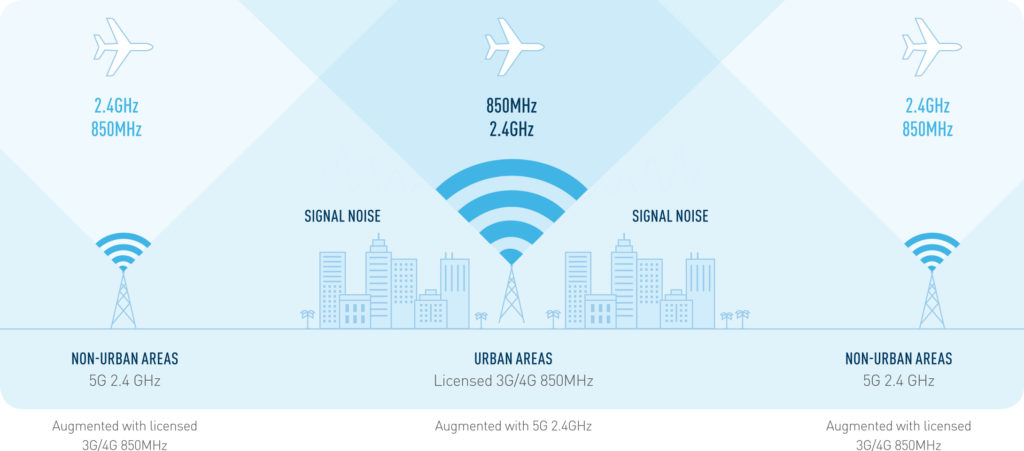
Mark Sander, VP of OEM sales at Gogo, spoke about the company's fifth generation air to ground network during the 2019 NBAA conference and exhibition in Las Vegas last week. Photo: Gogo Business Aviation
Gogo revealed three strategic partners – Cisco, Airspace, and First RF – which will play key roles in Gogo's development of its 5G system and network.
In May, Gogo executives first confirmed that its new 5G network will leverage the existing 250 towers that enable its current 3G and 4G IFC networks. The 5G network will use unlicensed spectrum in the 2.4 GHz band, with a new modem and beam-forming technology providing the airplane-to-ground station link.
During the 2019 NBAA Business Aviation Conference and Exhibition (BACE), Gogo revealed that its Avance systems – Avance L5 and Avance L3 – have now flown more than 175,000 flights totaling more than 108 million miles. The 175,000 flights is a milestone that took two years to reach following the initial launch of Avance L5 in late-2017.
Cisco will provide core network solutions that will power Gogo's nationwide Air-to-Ground (ATG) 5G network. Additionally, the Gogo 5G system will use the same technology as the Airspan Air5G product line – as the Air5G platform will provide 5G, virtualized-RAN base station technology. Finally, First RF will bring its antenna and RF systems technology portfolio to deploy a solution that pairs Gogo's existing 3G and 4G networks as well as the new 5G network.
 |
Want to hear more on aircraft connectivity applications? Check out the Global Connected Aircraft Podcast, where Avionics editor-in-chief Woodrow Bellamy III interviews airlines and industry influencers on how they're applying connectivity solutions. |
Gogo is developing new antennas and modems that will allow business and commercial aircraft to use the 5G network when it comes online. The 5G network is expected to become operational by 2021, using bandwidth in both the 2.4GHz and 850MHz spectrum frequencies.

